Hare, There, Everywhere!
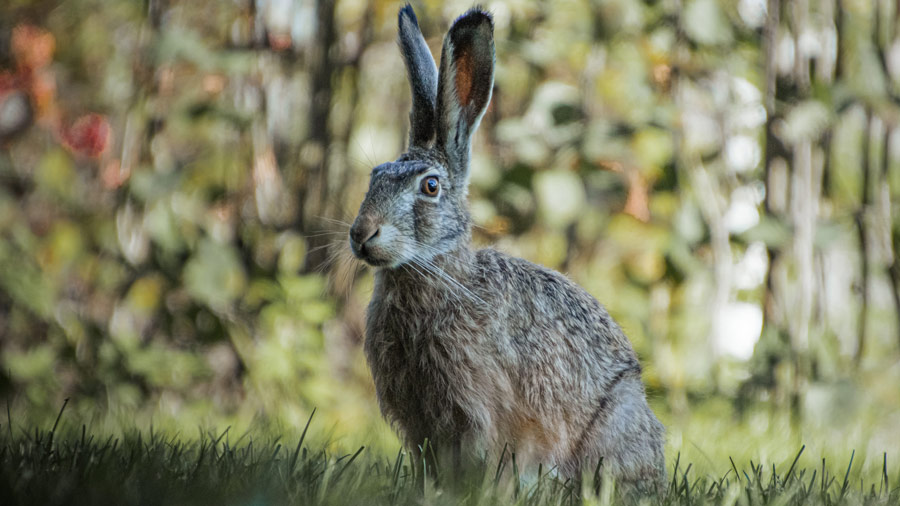
Hares! Here, there and everywhere. I seem to be finding hares everywhere. I live in the Sonoran Desert with the very large rabbits known as desert hares. The actual common name is Antelope Jackrabbit with the scientific name of Lepus alleni. I’ve tried many times to get a photo of a jackrabbit with its long, […]
This Blog May Be a Bit Soggy
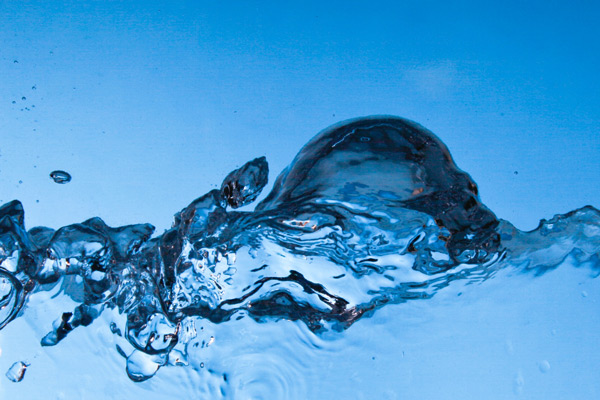
I’ve noticed when I’m trying to write, the ideas really flow. Not while I’m sitting at my computer, of course. But rather, when I’m immersed in water. Showers are great, but swimming laps in the pool really opens up the creativity taps. So many ideas will “float” around that I keep a notepad by the […]
What’s So Bad About Algae?
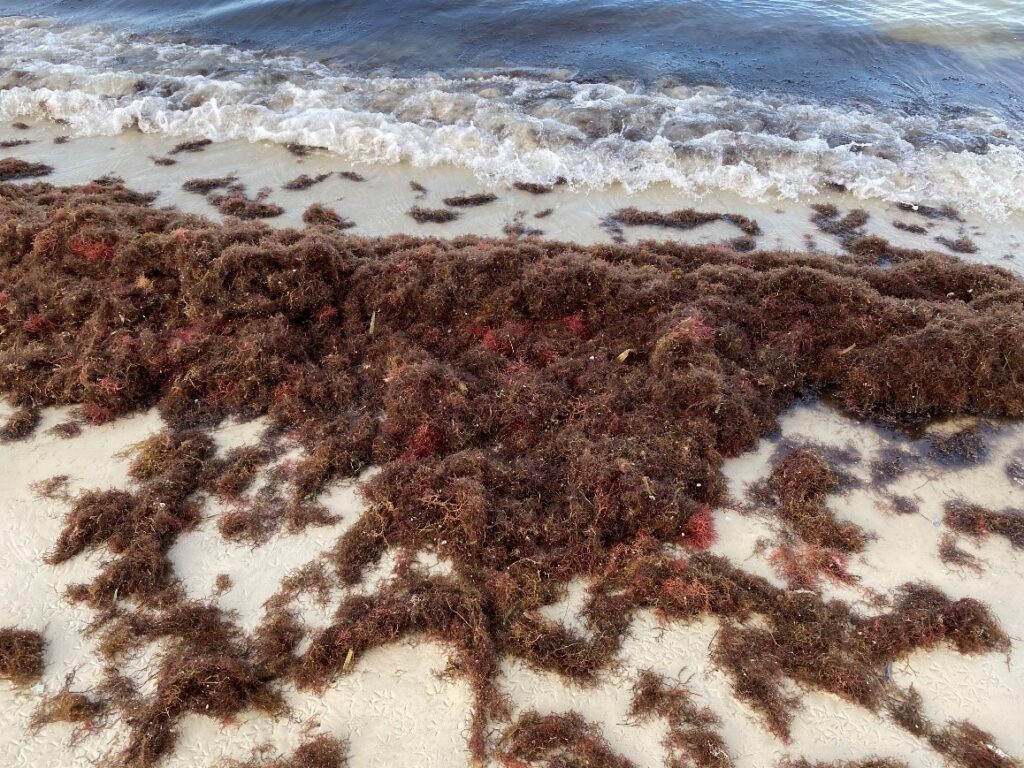
Even though I live in the Sonoran Desert, many of my book’s settings are in areas that have ocean beaches. Often in the Caribbean. These books deal with environmental issues. And with good reason. The Caribbean is one of the world’s most biologically diverse marine regions. That’s why I was concerned to learn about recent […]
Mirror, Mirror on the Wall, Who’s the Prettiest Head of All?
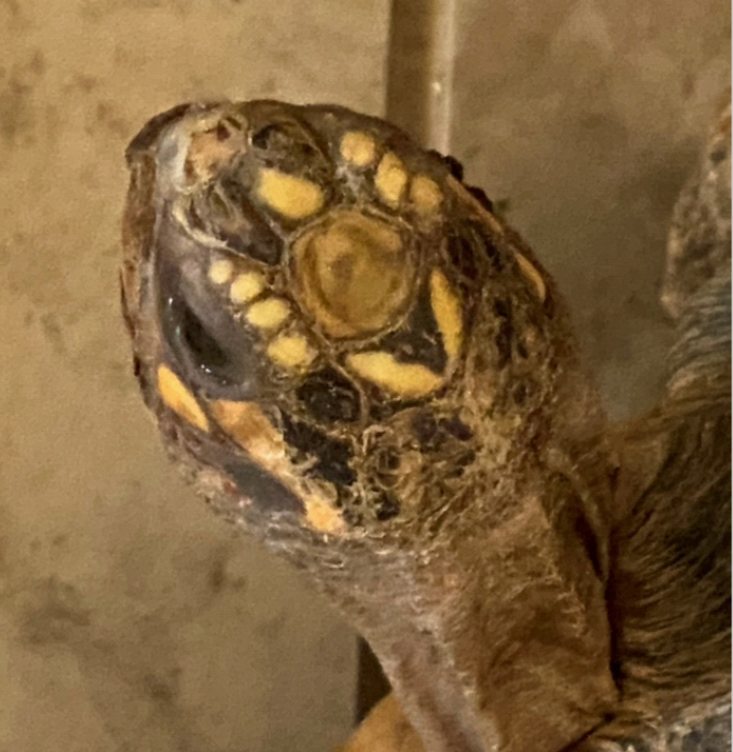
Red-footed tortoises, Geochelone carbonaria, are popular pets. These natives of Central and South America are easy to care for and don’t get too big, growing up to 30 pounds. They are also known for the bright colors on their skin and shell, including their namesake red scales on their legs. Recently, I noticed how vivid […]
“That’s MY Bed!”
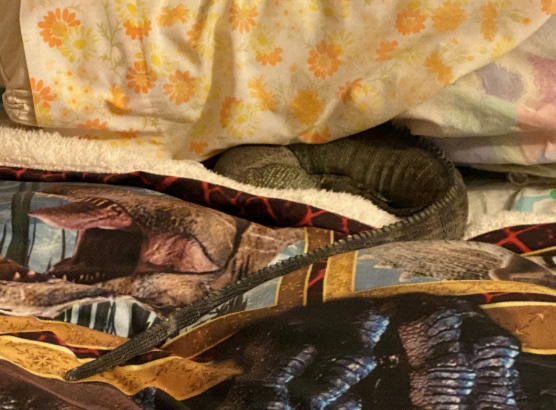
Among the many reptiles I share my home with is a rhinoceros rock iguana who usually free roams my house. She basks under the heat lamps with the tortoises, shares the plates of veggies and finds sunbeams to relax in. Mid-afternoon, it’s time to head under some rocks for a nap. No, I don’t have […]
Who Protects Your Home?
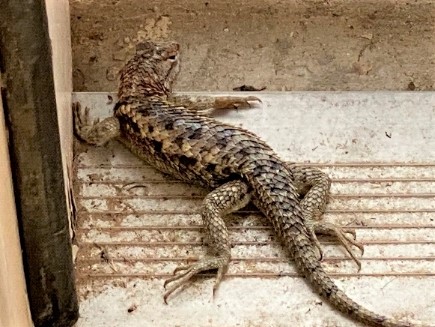
Many homeowners have security systems to protect the premises. There are many choices: Ring, ADT, Vivint, etc., all of which involve people. My security system involves reptiles. I have free roaming tortoises that are adept at tripping. They utilize the carpets that camouflage them well. Yes, even I have face-planted! I also have large roaming […]
Who’s Your Favorite Footrest?
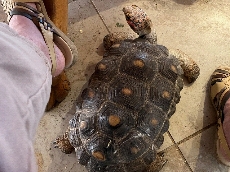
Do you have a favorite footrest in your home? Putting one’s feet up is so relaxing and relieving. The cushioniest footrest in my house is the one that came with a comfy chair. Simple, functional, the perfect height, very practical. My favorite footrest is covered with a needlepoint I stitched many decades ago. I was […]
‘Zoe the Star’ Tortoise! by Curtis Curly-tail
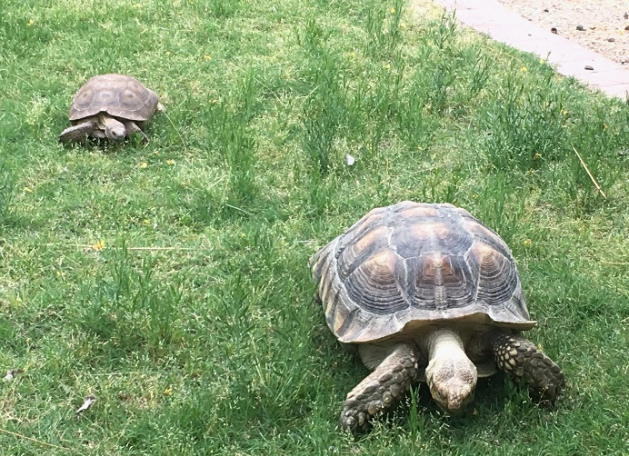
Hello to all my friends out there! I hope you are taking care of yourselves and each other in these difficult times. I’m looking forward to the day when my human friends don’t have to worry anymore about the virus called Covid-19! (If I could, I would banish it right now!) Until this passes, please […]
Homeschooling? Worried About Education? How About Supplementing with FUN Science Workbooks?
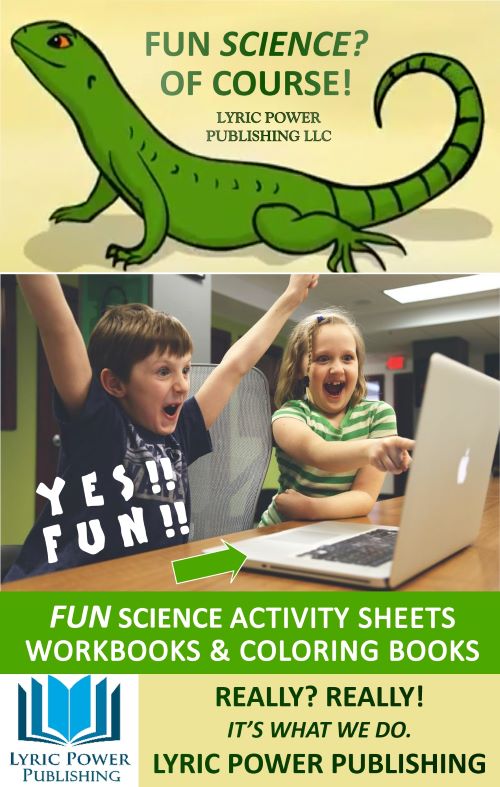
The mission of my book publisher, Lyric Power Publishing LLC, is to “Make Science Fun!” That’s because they know how fun science really is. Their Activity Sheets and Workbooks are for Ages K-5 (see workbook covers for grade level and contents) and while they are highly educational, they are also lots of fun! Have you […]
